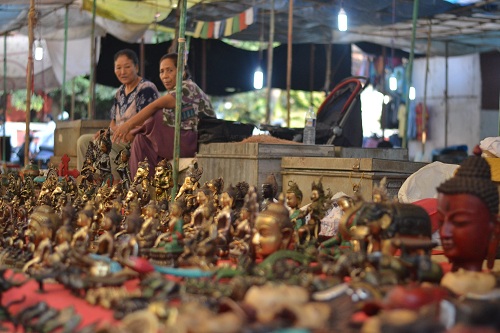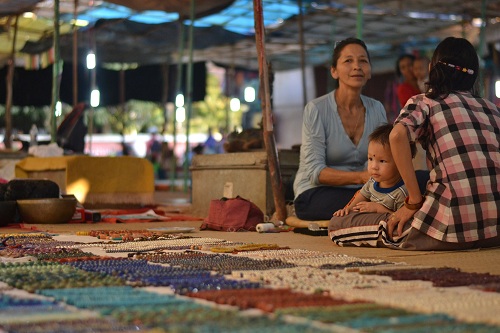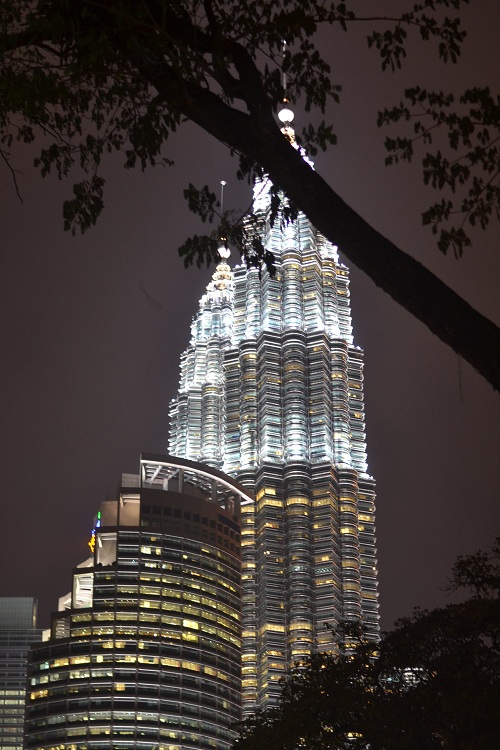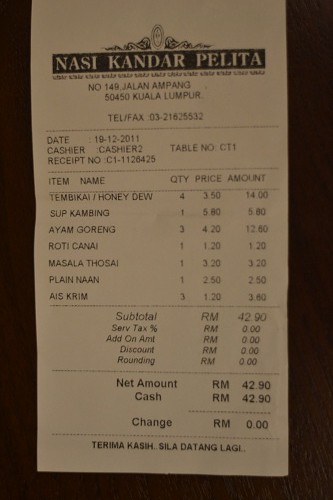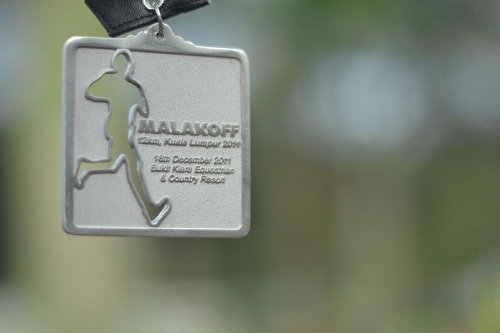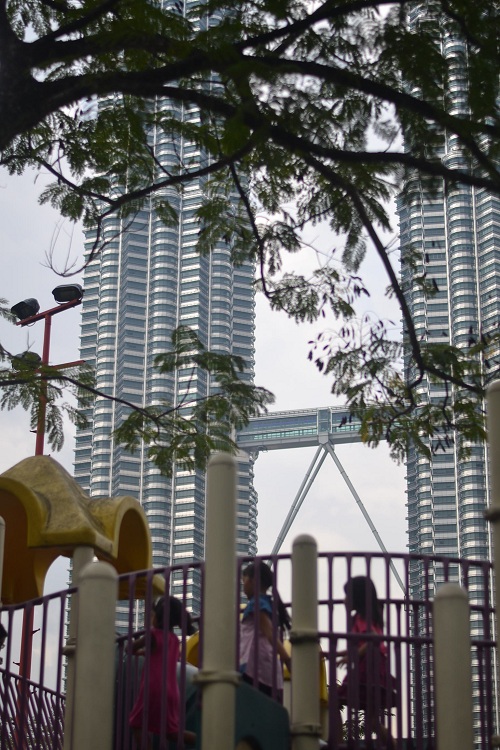Apart from a couple of trips to George Town, we’ve been spending most of our time eating at local food hawkers. Hawker centers are a culinary Disney Land offering Chinese, Malay, Indian, ‘Western’ dishes, desserts, fresh juices and coffees and teas. The closest we have in New York City are street fares and Smorgasburg. New York Department of Health regulations, however, limit the breadth, and possibly creativity, of the offerings. The hawker centers in Penang are overseen by local authorities, but standards are definitely more lax than in New York. That said, even as Kayan licks tables that dozens have eaten off that night alone, no one in the Luke family has gotten sick.
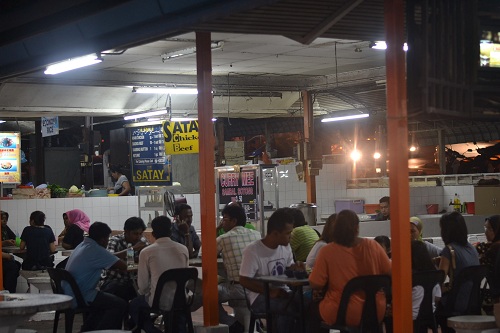
I must be an annoying customer for hawkers. They have an efficient process of churning out their signature dish within the confines of a tiny space, often amidst multiple fires and boiling pots. There I am with my clunky camera, peering over the steam and barraging them with non-stop questions. “What is that ingredient?” “Can I come closer?” “Huh? What does that mean?”
Yet what I’ve found is that hawkers are excited to share their skills. Many hawkers have had their establishments passed on from prior generations, but don’t expect their more educated children to assume the trade. They seem honored that someone is interested in how they prepare their dishes.
Hawker proliferation is so high that in addition to the established hawker fare, some more intrepid hawkers make twists on traditional dishes to lure customers. We met one such hawker last night who makes a spin of roti canai (flaky wheat bread) by wrapping it around a masala omelet.

Another hawker is taking fries to new heights, unraveling a single potato into one long spiral, served fried and sprinkled with a sour salty chilli powder.

Traditional satays are served everywhere, but heat-your-own-skewer and choose-your-own-sauce are the draw for this friendly hawker in George Town.

The closest relationship we have formed is with Tony, the dessert hawker at our local Mutiera Selera hawker court in Tanjung Bungah. Tony specializes in two Penang desserts, Ais Kacang and Cendol. Every hawker has their own versions of these desserts, but a mound of shaved ice is always the base. Ais Kacang is served with a variety of fruits, flavored jellies and syrups. Ice cream is an optional topping, although Ava considers it a must and Kayan happily agrees.

Cendol has a base of sweet red beans, Tony tops it with a palm syrup and sweetened coconut milk with green bean glass jelly noodles. Ice cream is generally not added, but Ava insists and Tony obliges.
Tony sees us coming and gets things ready. He knows I’m about to start furiously snapping pictures and the kids will be jumping up and down waiting for the ice cream scoop.

We order cendol. First step is a layer of sweetened red beans.

Tony then expertly hand grinds the ice into the bowl.
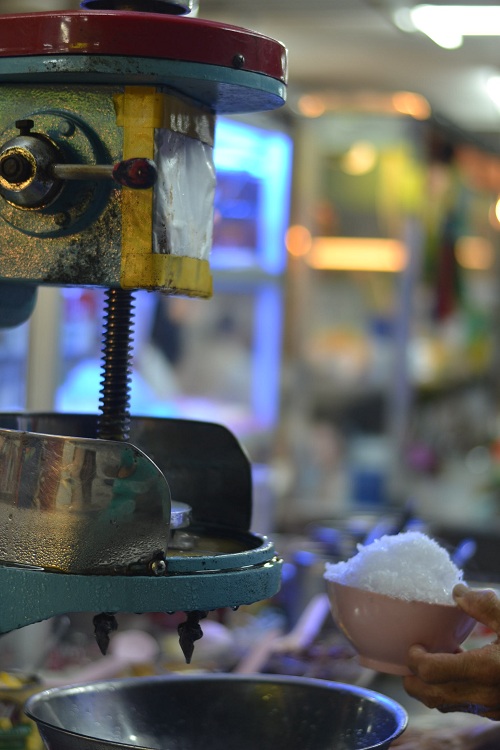
He swirls the palm syrup on top.

And ladles a scoop of the coconut milk and green jelly noodles.

At this point Ava says “Where’s the ice cream?” and Tony beautifully finishes off the dish with a scoop of vanilla. With the sweet toothless of the red beans, cool ice, firm jelly and smooth coconut milk, the ice cream is definitely superfluous. But oh so good!
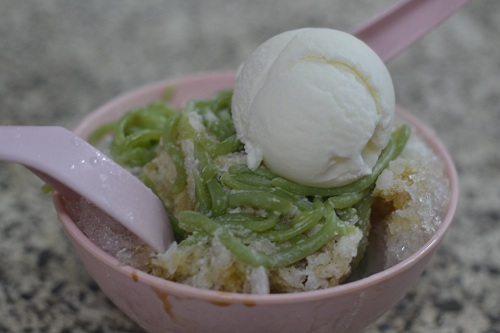
A complete Cendol recipe can be found here.
Although hawkers throughout Penang have been very obliging of my curiosity, I suggest visiting hawkers away from the tourist centers of George Town and Batu Ferrangi if you want to spend time with them. Things a quieter (relatively speaking) and just one repeat trip to our local hawker center was enough to make us feel like locals. This makes the food all the more enjoyable when we finally dig in.


